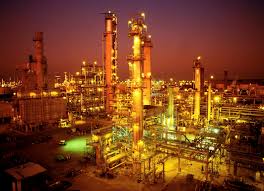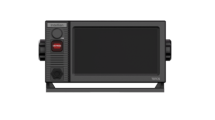 Global mobile satcomms provider Inmarsat and Hughes Network Systems, a provider of broadband satellite solutions and services, have announced that the Hughes 9502 integrated antenna BGAN (Broadband Global Area Network) M2M (machine-to-machine) terminal has received Hazardous Locations Accreditation.
Global mobile satcomms provider Inmarsat and Hughes Network Systems, a provider of broadband satellite solutions and services, have announced that the Hughes 9502 integrated antenna BGAN (Broadband Global Area Network) M2M (machine-to-machine) terminal has received Hazardous Locations Accreditation.
The terminal, which features the modem positioned behind the antenna, is now approved for use in hazardous environments, such as in the oil and gas market, where explosive gaseous atmospheres may potentially be present. The device has been certified for environments classified as Class 1, Division 2, Groups A-D, and ATEX Zone 2, Group IIC, Category 3. Testing was conducted by Met Laboratories, an accredited laboratory.
The all-weather IP66-rated terminal is sealed to provide a high degree of intrusion protection by dust or moisture from any direction, and is identical in operation to the Hughes 9502 BGAN terminal with external antenna, but without the need for cables or enclosure.
Gerbrand Schalkwijk, Vice-President of Enterprise Energy at Inmarsat, says: “Being able to deliver an additional terminal form factor to M2M customers in the energy sector is an important step forward. It strengthens Inmarsat’s portfolio offer, particularly in the oil and gas market, and demonstrates our commitment to delivering solutions that meet the specific requirements of our energy customers.”
Graham Avis, General Manager of Hughes San Diego, adds: “This important certification represents the fourth BGAN M2M terminal offered by Hughes, which underscores our commitment to the overall machine-to-machine market and the upstream energy segment in particular. Requiring only DC power and ethernet connections, this integrated product provides our customers with a flexible and easily installed solution at remote sites, virtually anywhere.”














Add Comment